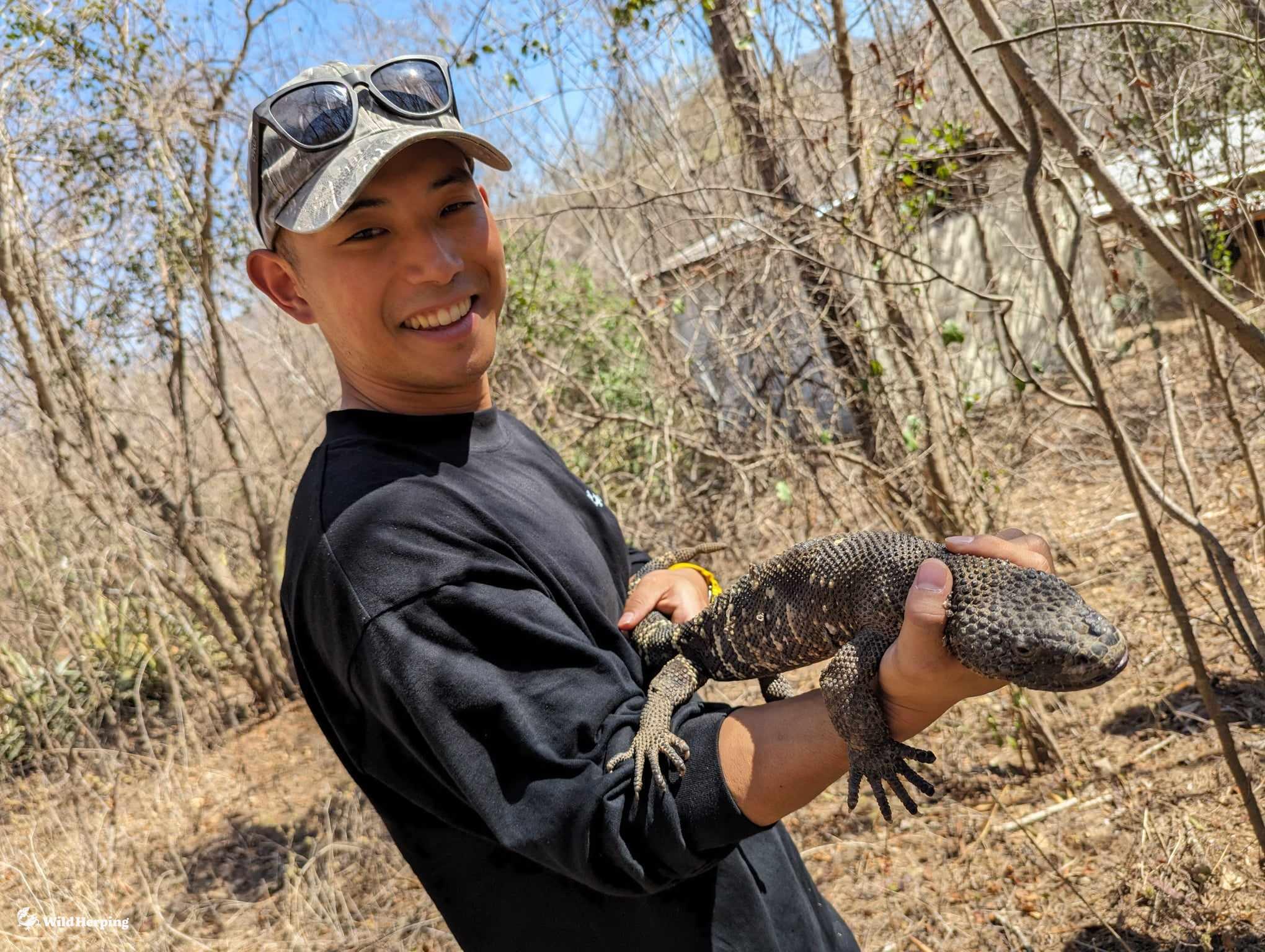Kume Island, located about an hour by ferry from Tonaki Island, offers an incredible opportunity to explore Okinawa’s unique wildlife. The island is relatively large for a remote island, with an airport and a full circuit of the island taking about two hours by car. Kume Island is rich in biodiversity, including the Kikuzato’s stream snake(Opisthotropis kikuzatoi), a species found only in Kume island, and several important protected habitats.
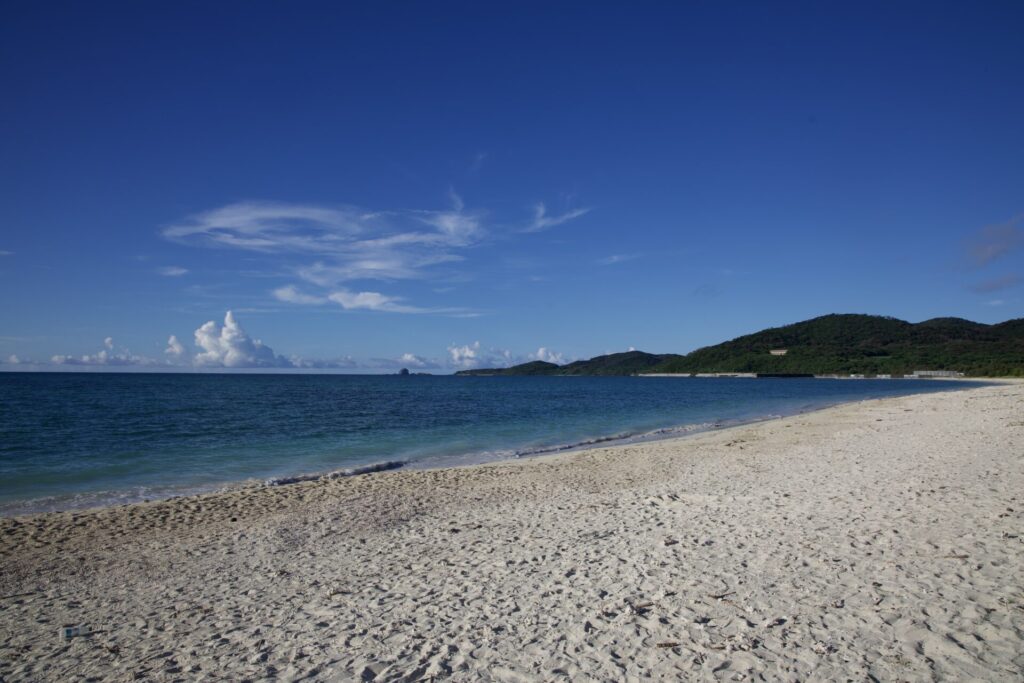
Evening Wildlife Observation
Our wildlife exploration began in the late afternoon. While observing Okinawa’s familiar Tree Lizards(Japalura polygonata), we heard the call of the Ryukyu Ruddy Kingfisher(Halcyon coromanda). Following the sound, we spotted the bird—its bright red plumage and relatively large body were strikingly beautiful.
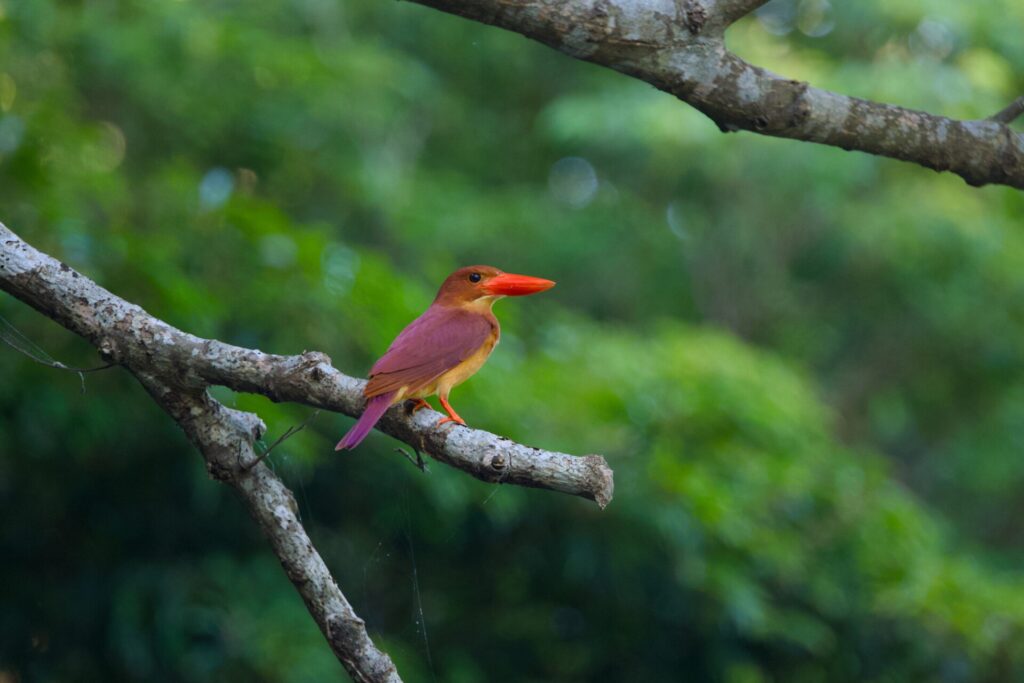
Nearby mangroves also hosted Common Kingfisher(Alcedo atthis), Southern mudskippers(Periophthalmus argentilineatus), and various crabs as the sun began to set.
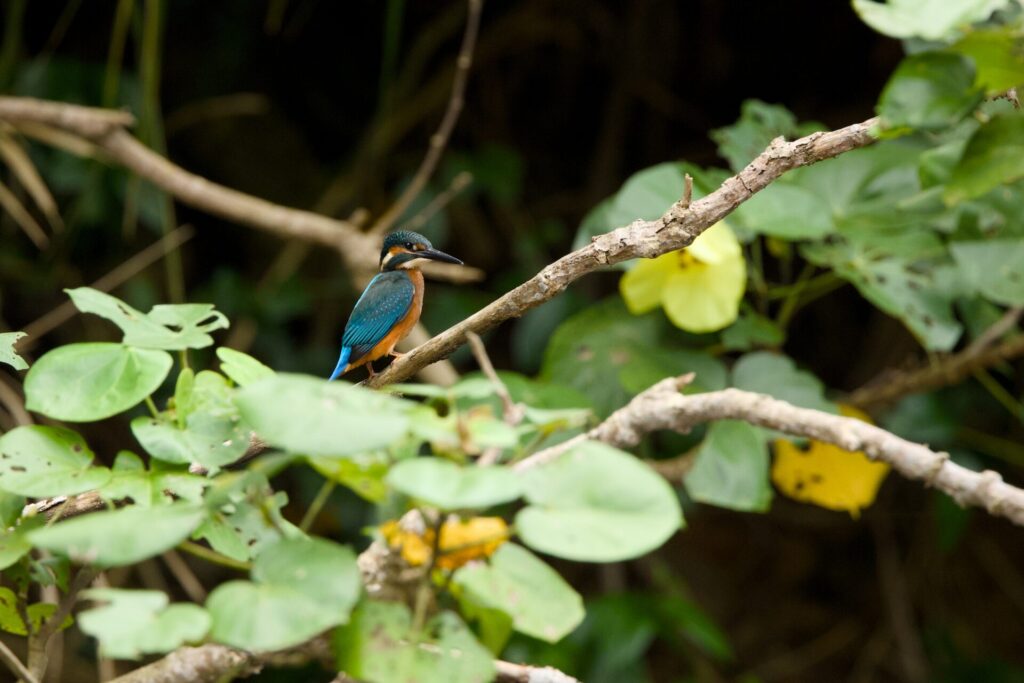
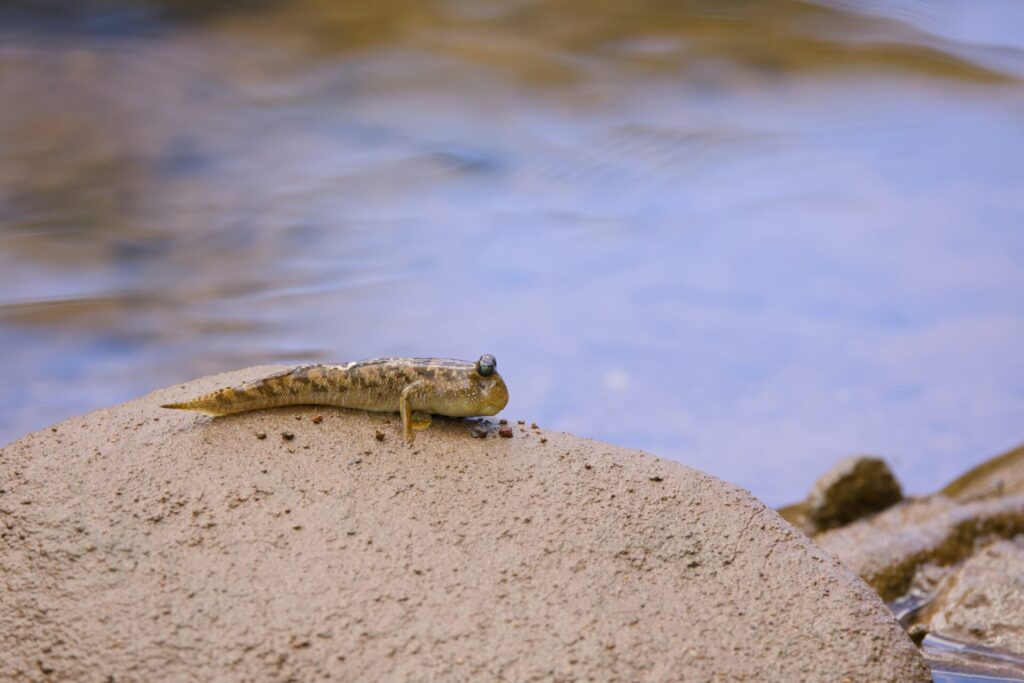
It is a fish, yet it spends most of its time on land, and its eyes protrude upward so it can look around… truly fascinating.
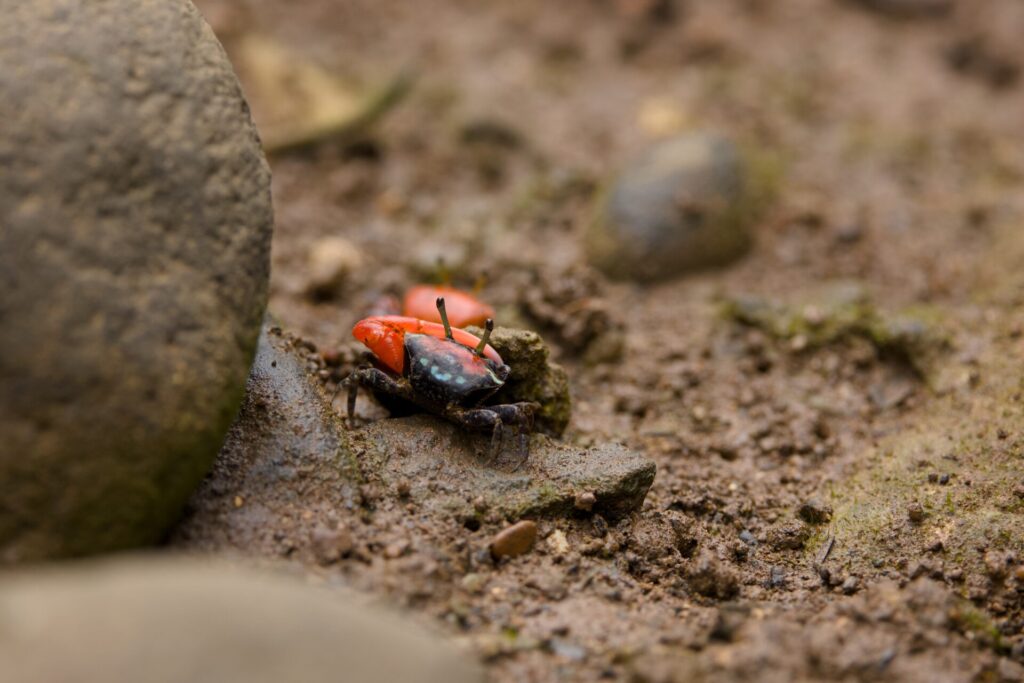
Night Herping Adventure
Once night fell, our nocturnal exploration began. The first creature to appear was a Giant centipede(Scolopendra subspinipes), feeding on a desiccated earthworm. In the Ryukyu Islands, many Japanese cave geckos, including the Kume Ground Gecko, often have regenerated tails due to predation by large centipedes.
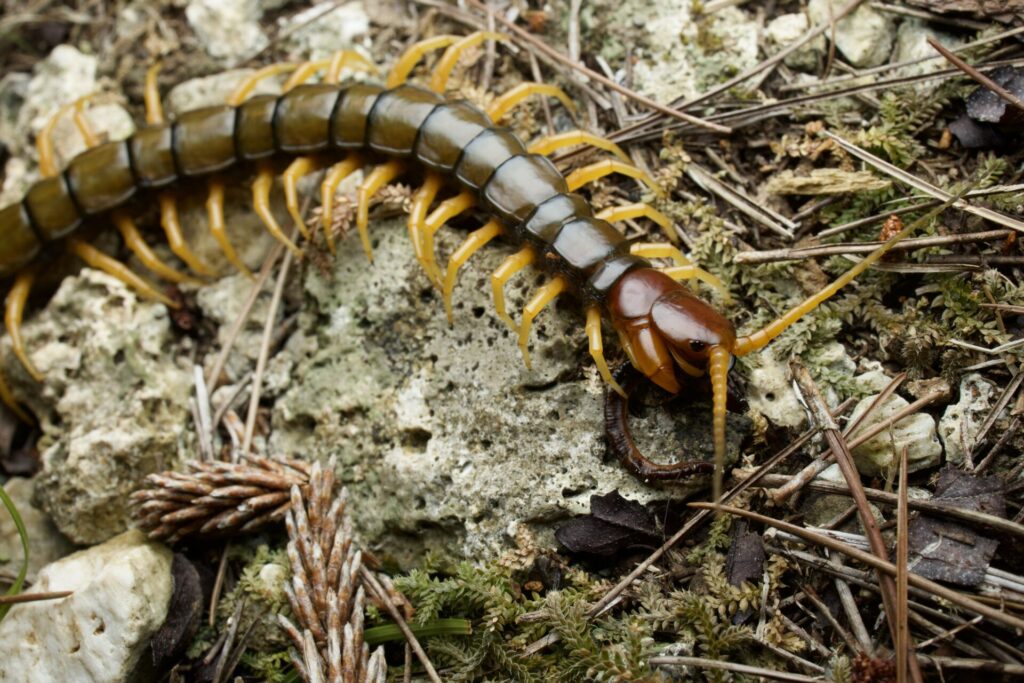
Next, we encountered the Hokou Gecko(Gekko hokouensis) on the concrete roads. While an ordinary gecko, its wide, curious eyes were endearing.
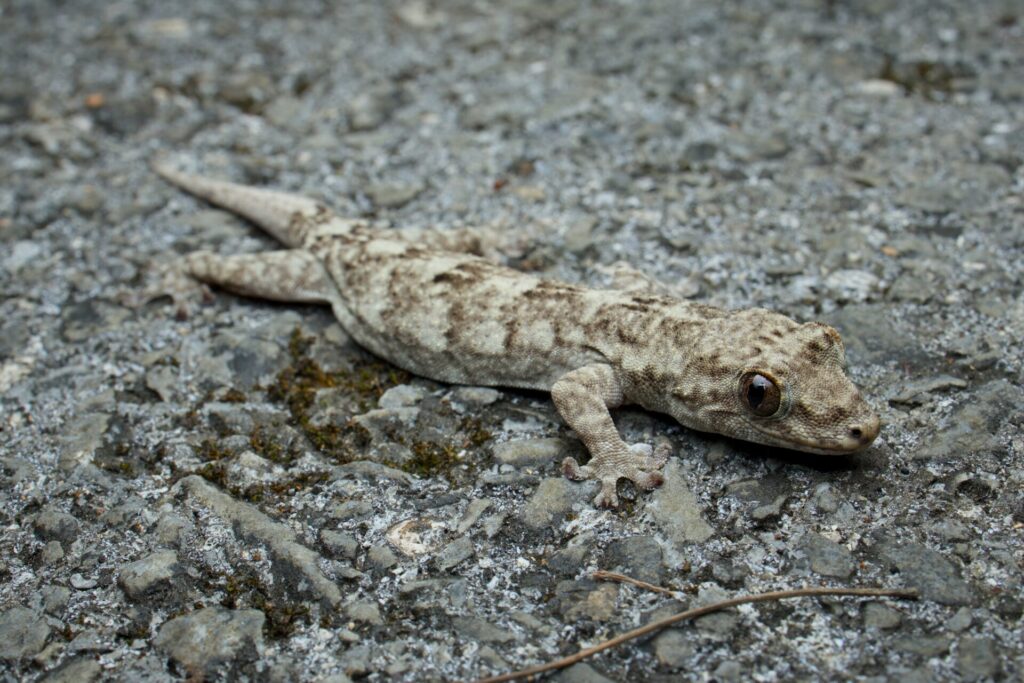
We also found the Amami tailless whip scorpion (Ammotrechula amamiensis). Although its name suggests Amami, this species is also found on Kume Island. Nocturnal by nature, it hides under leaf litter and fallen logs during the day and feeds on small insects at night. Its brown body and long tail make it a fascinating sight, especially when it waves its tail defensively.
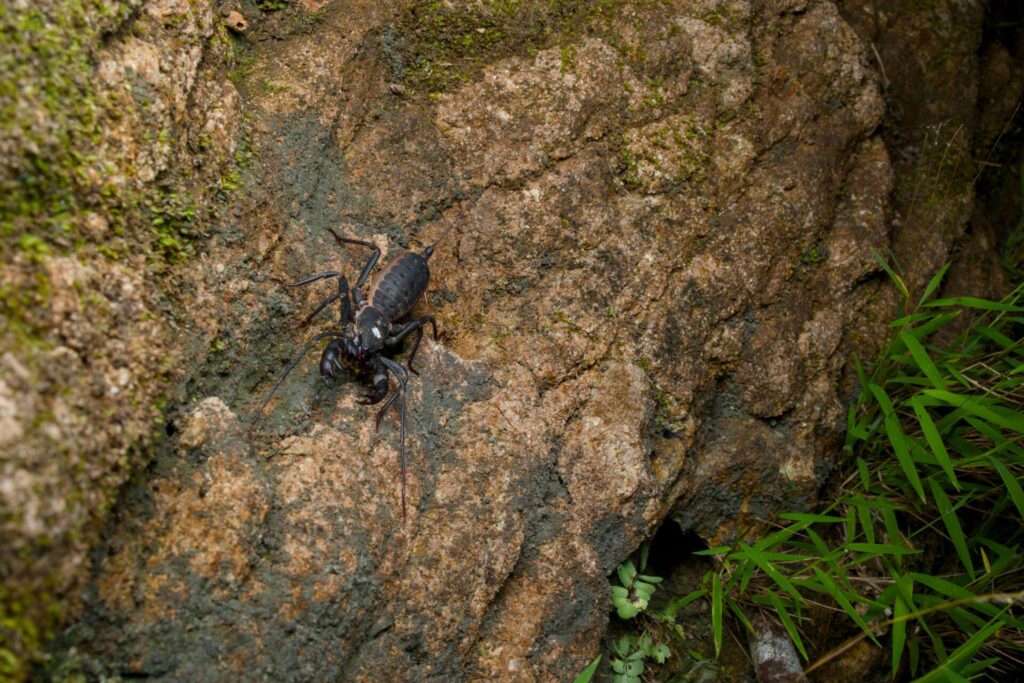
Next, we observed the Kume Island giant freshwater crab (Geothelphusa kumejimaensis) carrying a snail, possibly preparing to feed.

We also encountered the Kume Island southern freshwater crab (Geothelphusa albogilva). As the names suggest, these crabs are endemic, highlighting the island’s unique biodiversity.
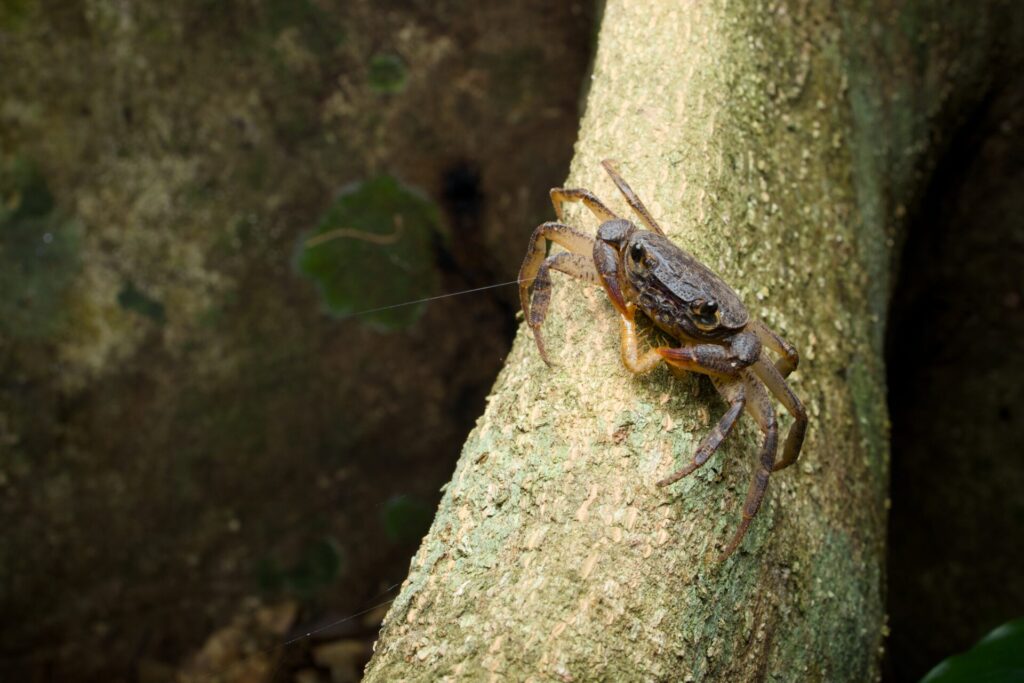
Members of the southern freshwater crab group are agile and quick, and can even climb trees to catch insects.
By the riverside, we observed the giant Fishing spider (Dolomedes orion). This spider preys on frogs, fish, and other small animals near the water. It is one of Japan’s largest spiders, with large individuals reaching the size of a human palm.
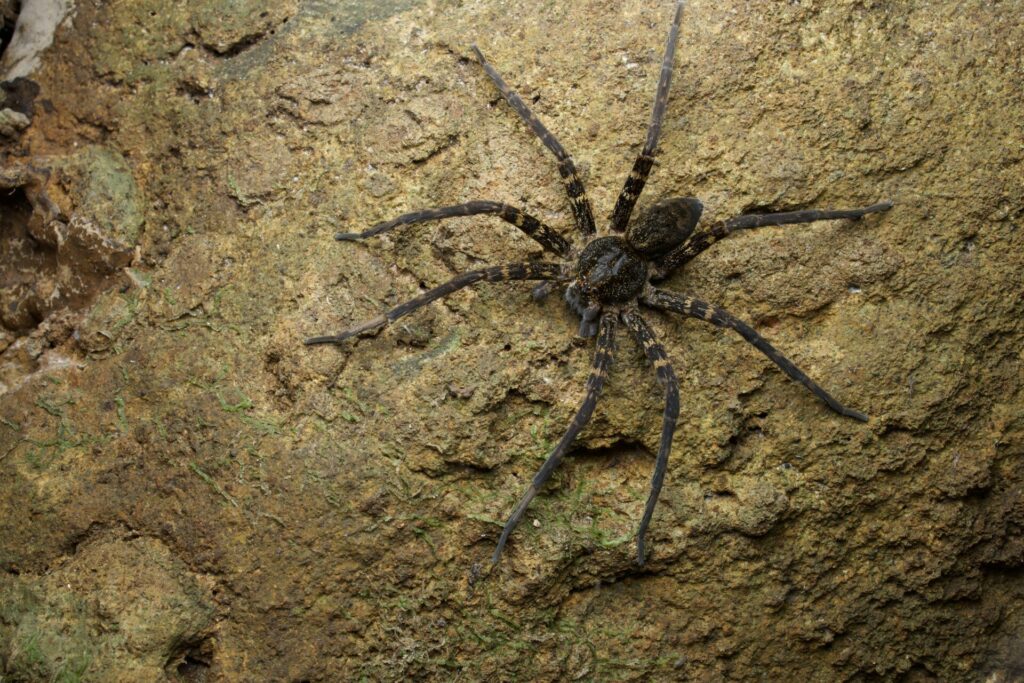
Nearby, we also spotted a Monkey river prawn (Macrobrachium rosenbergii). Although it looks delicious, we only observed it without disturbing it.
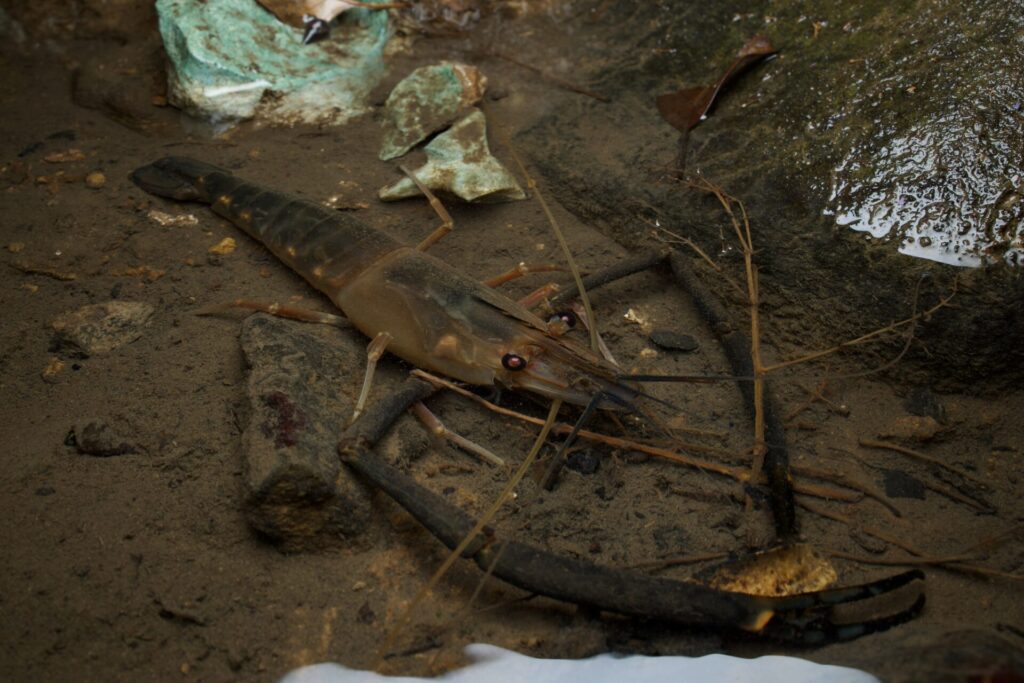
I also observed the Dark-backed skink (Ateuchosaurus pellopleurus), active both day and night. Its short legs and compact body make it charming to watch.
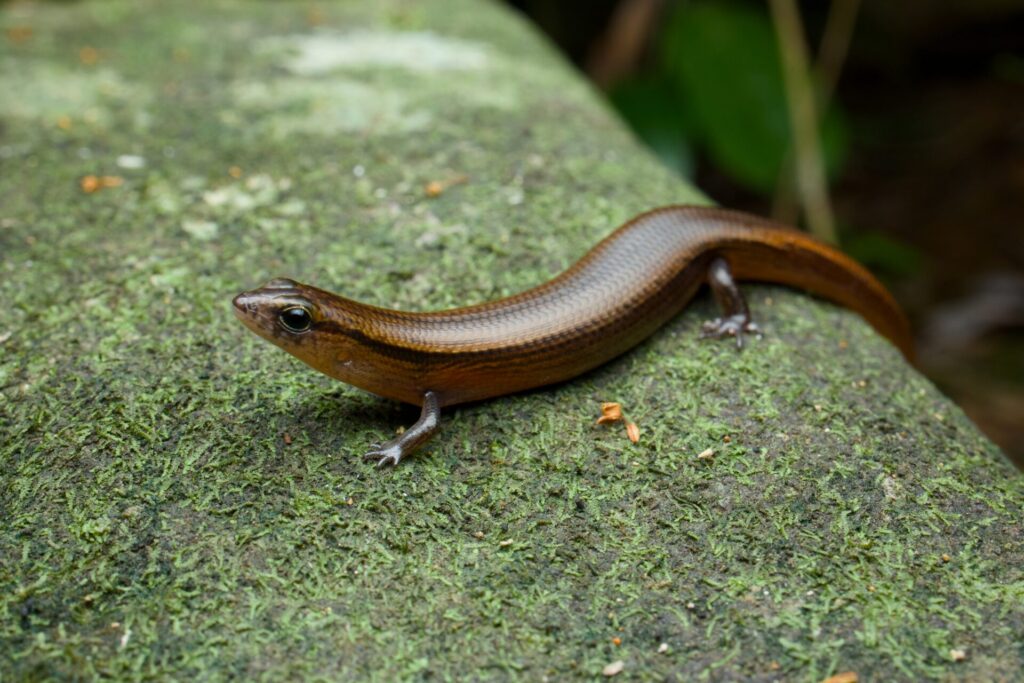
While photographing the skinks, I noticed movement and discovered a Ryukyu black-breasted leaf turtle (Geoemyda japonica). Both of us were cautious, as handling these endangered turtles is strictly prohibited. The turtle’s vibrant red shell and distinct shape are captivating and globally rare.
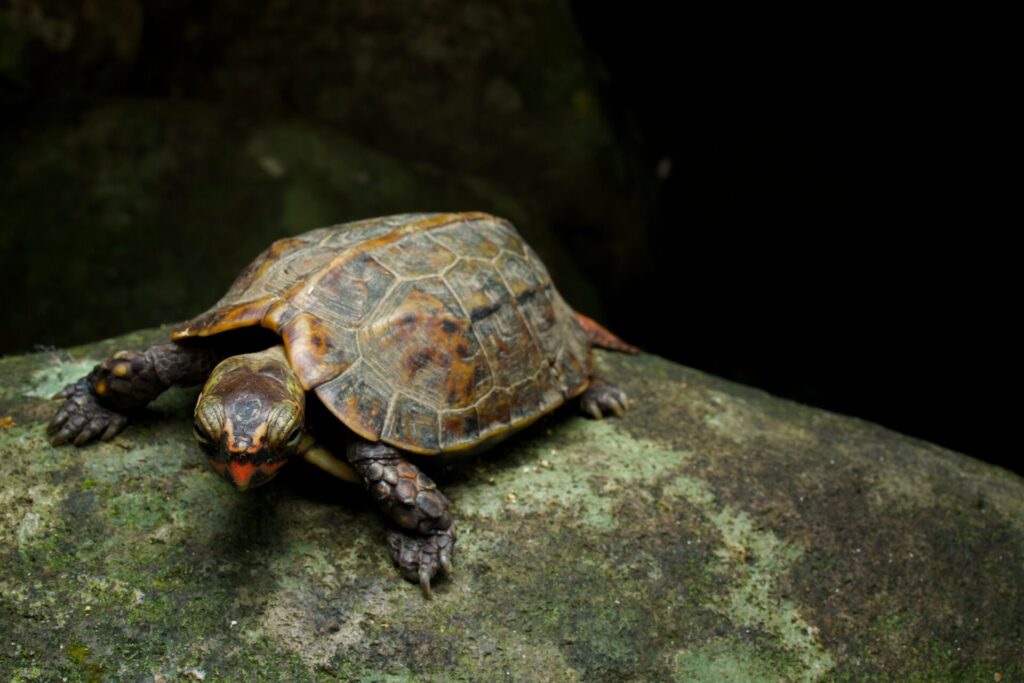
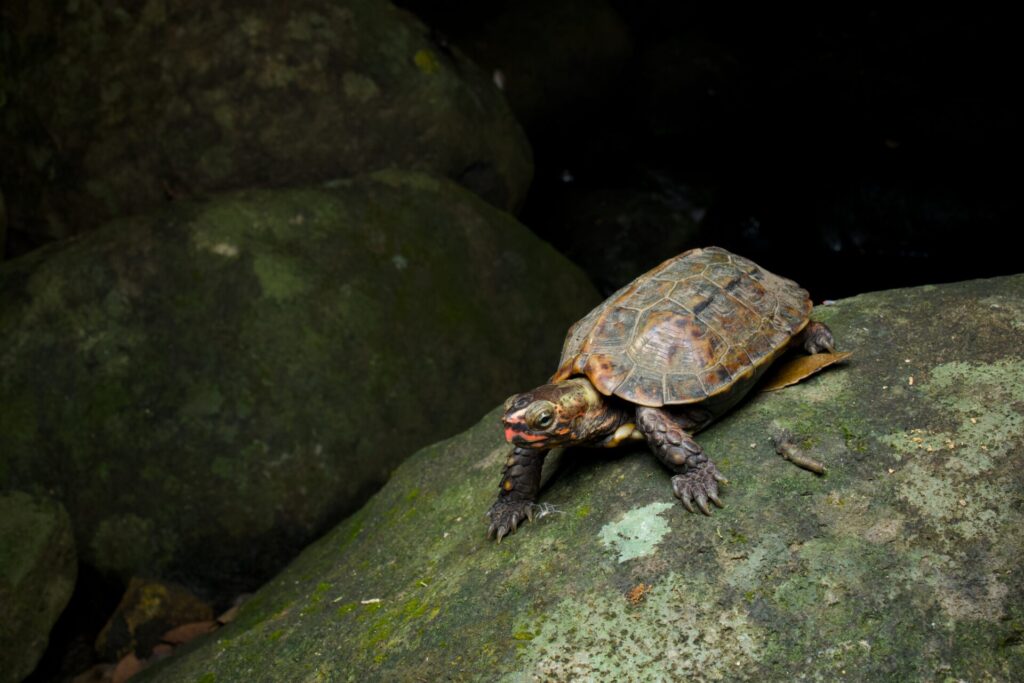
We also encountered a Japanese giant eel(Anguilla japonica), slowly swimming through the swamp, asserting its presence as the “master” of the waters. It is reportedly not very tasty, making it unsuitable for food.
Finally, we met the highlight of the night: the Kume Ground Gecko (Goniurosaurus yamashinae). This gecko has a striking yellowish body, with the only yellow eyes among Japan’s cave geckos. The contrast of black and yellow beautifully stands out against the island’s dry terrain.
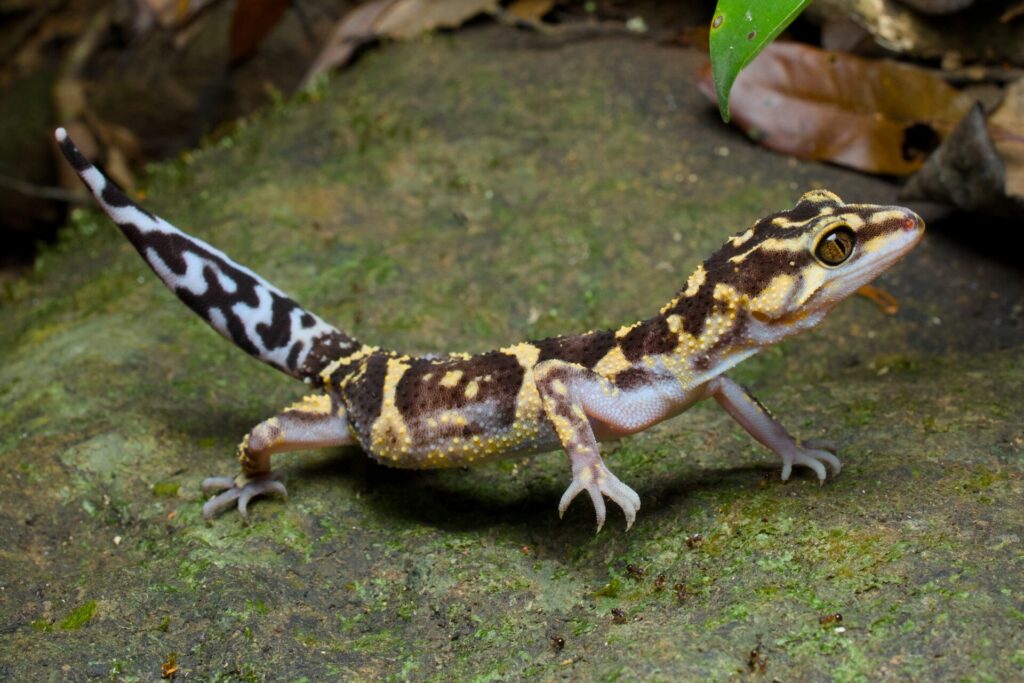
We observed many individuals, including perfectly intact-tailed specimens. We also noticed recently autotomized tails, and surprisingly, even geckos can get bitten by mosquitoes. The night left me covered in mosquito bites as well.
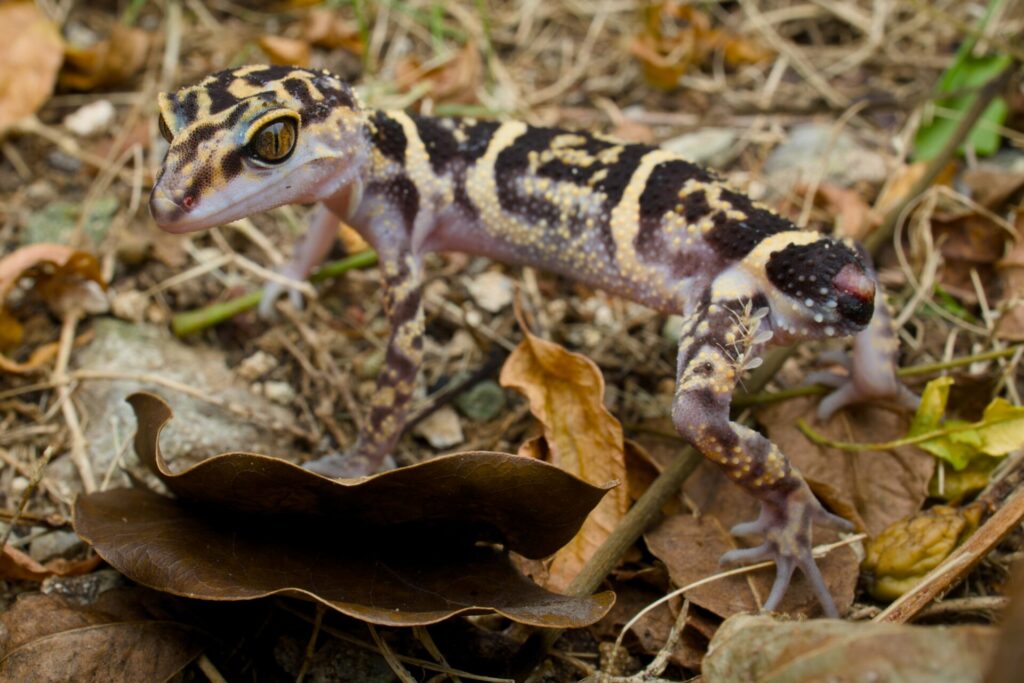
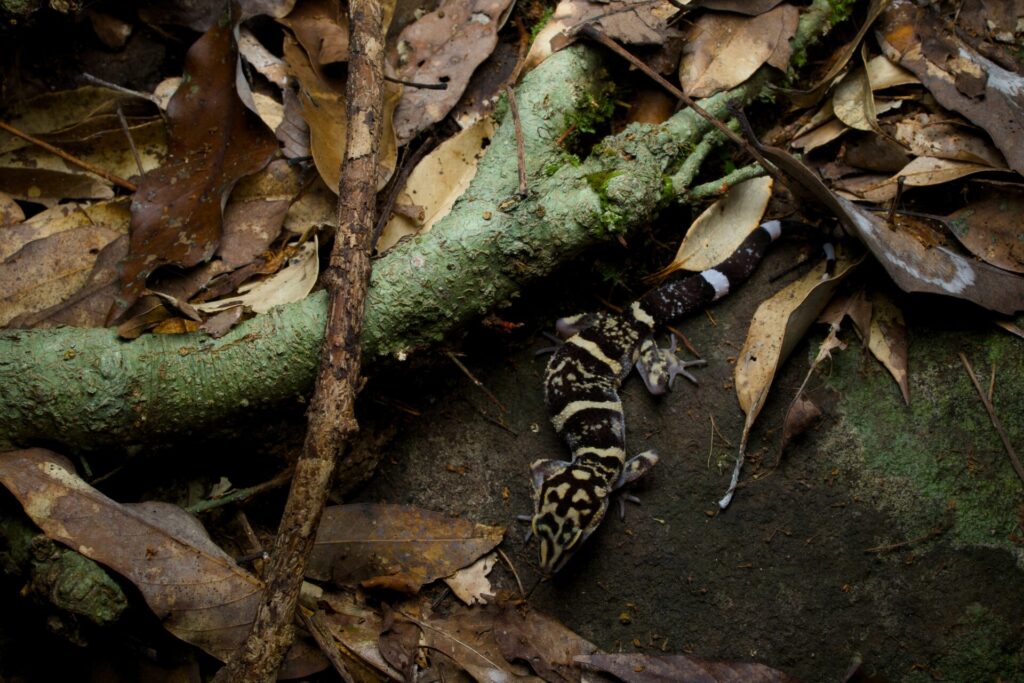
As with all of the Ryukyu Islands, the Ryukyu odd-tooth snake(Lycodon semicarinatus) was a notable sight. Due to high temperatures, snakes were less active, making any sightings even more rewarding.

Lastly, we came across the Kume-type Kumejima habu(Protobothrops flavoviridis), discovered unfortunately as roadkill. It was still moving slightly, a sobering reminder of the fragility of wildlife. Educating people about snakes remains important, as many have a deep fear of them.
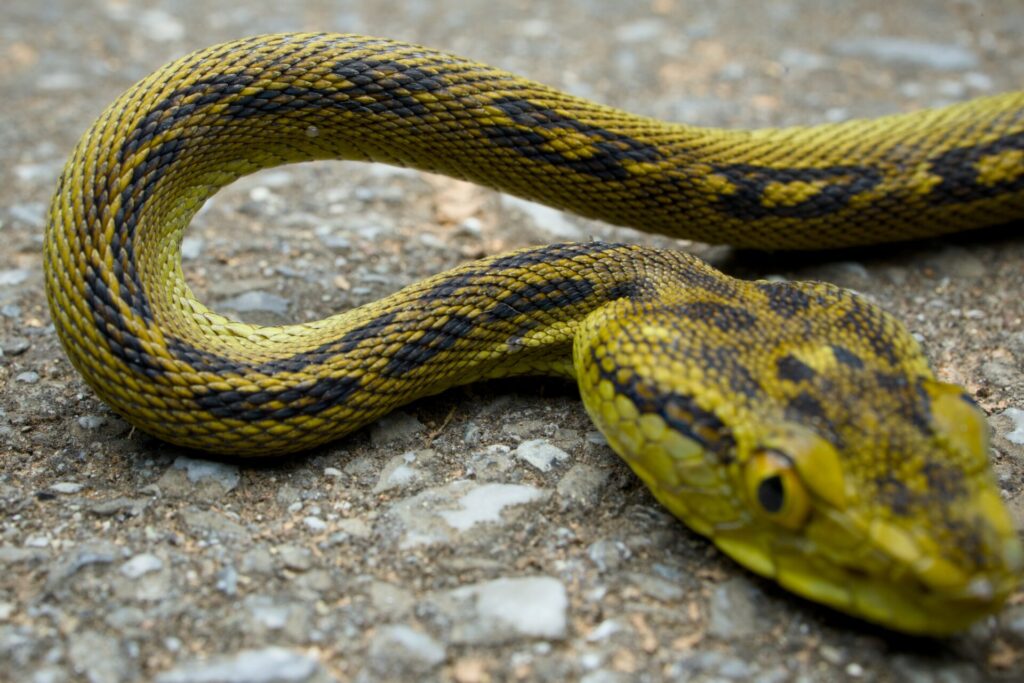
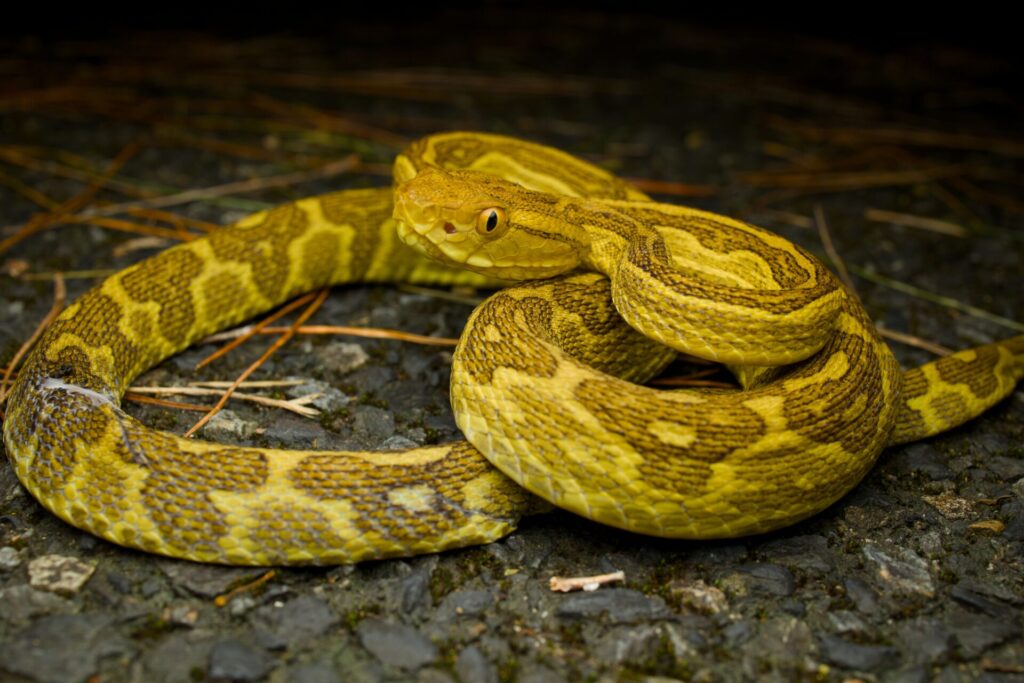
Summary
This concludes our wildlife observation on Kume Island, a true treasure trove of biodiversity.
Kume Island is large, so exploring its wildlife can be quite a challenge. There are also protected areas with various local regulations, so please make sure to check the latest information before heading out. Let’s all work together to preserve this beautiful nature so that it can be enjoyed for generations to come.
We’ve also shared footage of this trip on YouTube!

